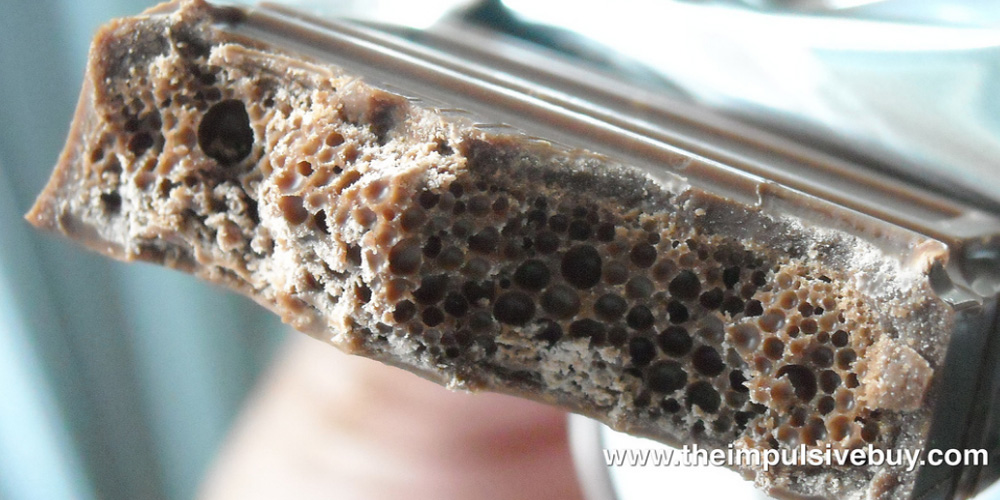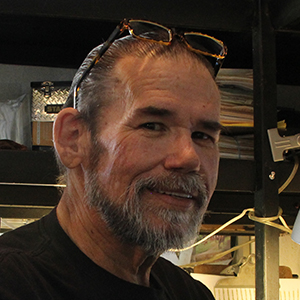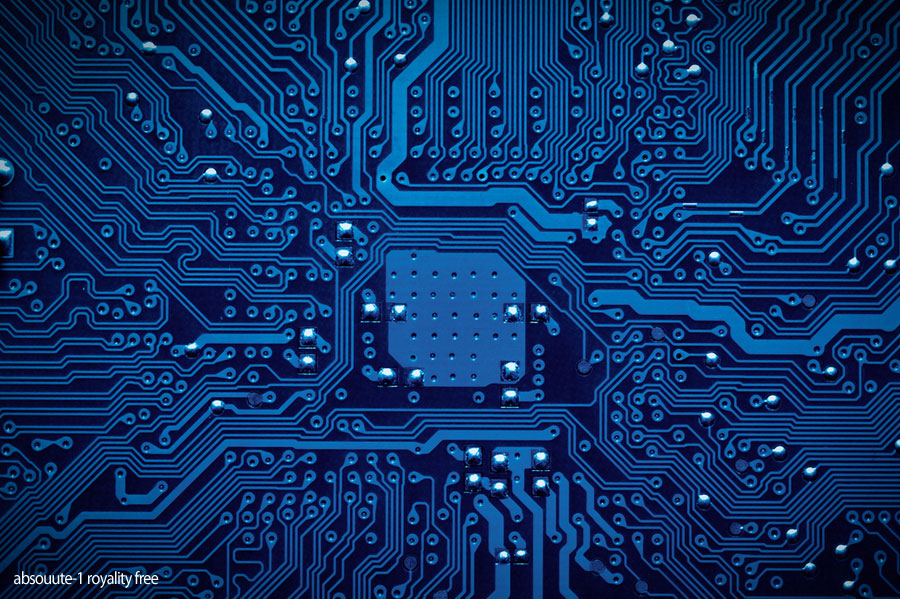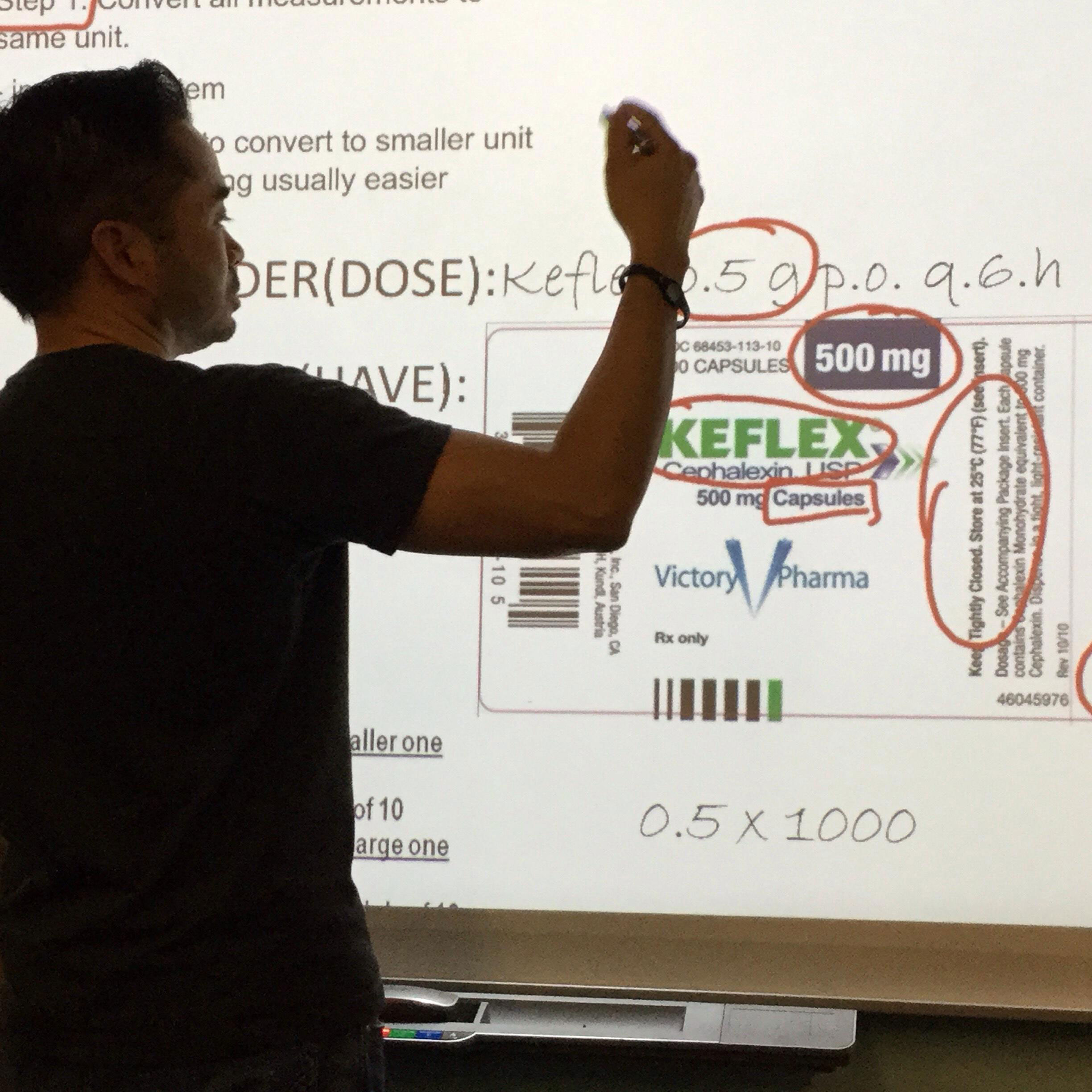Hershey’s recently came up with a new chocolate bar called HERSHEY’S AIR DELIGHT. They claim that,”Your taste buds have never experienced chocolate bubbles like these”.
I’m not sure if they charge more for the bubbles or not but what I am sure of is that if there are more bubbles, there’s less chocolate. That’s right. They’ve managed to sell you less chocolate at the same price or more by putting a simple marketing twist on the whole thing. They’ve succeeded in “Adding Value” by adding less chocolate a positive. Making you believe that there is more value to to less product.
Of course this comes back to the heart of marketing. Perspective. It all comes down to how we look at things. Marketing is like bending light. Warping the way we see things. Less chocolate is less calories, less fat, and less sugar. Wow what a deal. There seems to be all kinds of ‘benefits’ to this.

This type of marketing ploy is nothing new.
One product famous for this is Ivory Soap, one of P&Gs oldest products. Ivory bar soap is whipped with air during production and floats in water.
According to an urban legend, a worker had accidentally left the machine responsible for mixing on for too long. The company decided to sell the “ruined” batch instead of taking a financial hit, and judged that the mixing of more air did not change the basic ingredients of the soap. When appreciative letters about the new, floating soap flooded into the company, P&G ordered the extended mix time as a standard setting.
They realized that they could sell less soap with more added benefit through their marketing. More sales with less product.
This practice is common in every industry. Giving a product more value through a variety of marketing ploys.
There are the additives which the fuel companies are famous for. It cleans the engine, creates better mileage and lubricates. Doing all of this by adding these miracle ingredients, which arguably does what they say, but cost less then the fuel itself.
Another example of added value is in Kirkland’s water bottle. One of the higher costs in the beverage industry are the bottle caps. Recently Costco reduced the size of their Kirkland water bottle caps, decreasing their long term costs while promoting their contribution in supporting the environment.
The bottles read “Smaller caps, less plastic. We’ve reduced the amount of plastic in our cap as part of an ongoing effort to protect the environment”.
The trick here is adding to the products perceived value while lowering the cost of production.
The truth of the matter is that people usually think positive and believe what they are told. In the above cases there is an added value to the products even though doing so lowers the costs of production.
What can you add to your product without adding and possibly lowering your costs? The environment is always a consideration, and in packaging, less is always more.
Safety is another area of consideration. If you delete something from your product to save money, think of a positive spin that you can add to your marketing for doing so. Turn it into something that adds value.
If you’re lucky you’ll become a trend setter.
Rip-off or marketing genius? After all what would soda taste like without bubbles?
What are some other products that have used this technique?
Do you need a website, Logo, or marketing piece designed? Come on by for a cup of coffee and lets discuss you, your organization, and your product or service.








